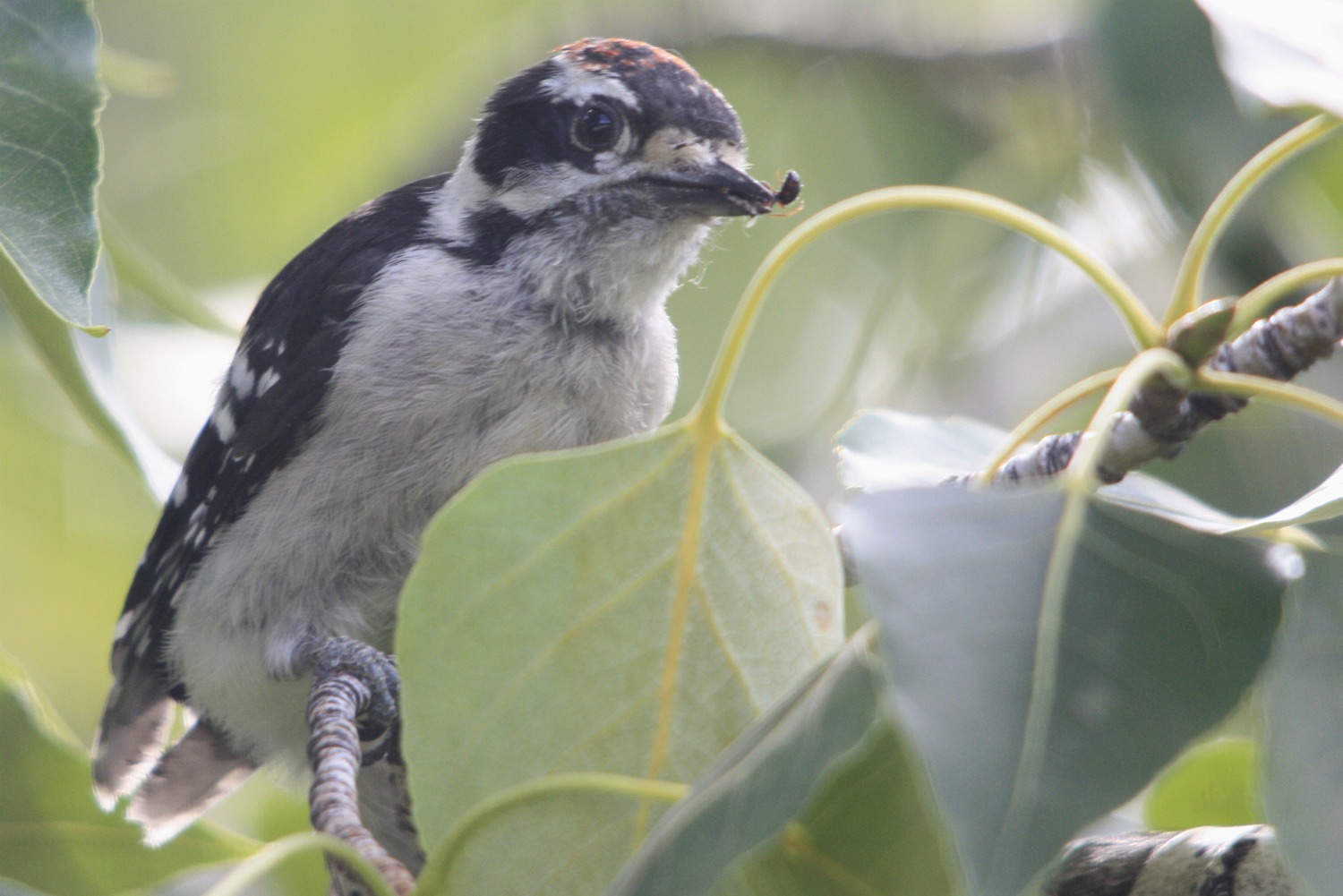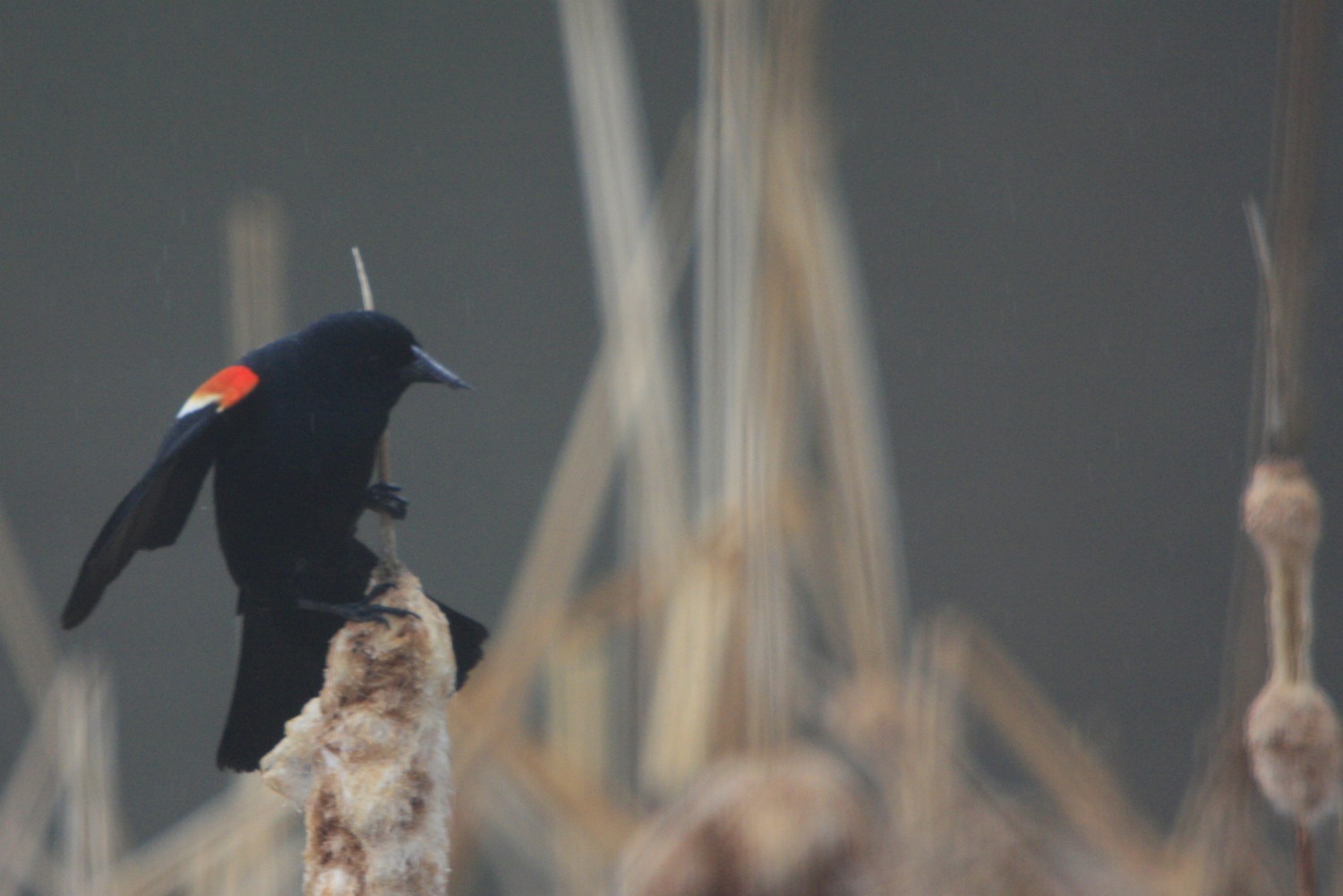
On a recent camping trip to Kikomun Creek Provincial park in south-eastern British Columbia (near Fernie), I spent hours out on the main lake at the campsite; Surveyor’s Lake, observing and photographing Common Loons. Home to a breeding pair of loons, Surveyor’s lake is a busy lake; hundreds of people crisscross the lake each day in canoes, rafts, paddleboats and kayaks. All these people, however, do not deter the loons and once again, they have nested in the area and have one big young one.

Due to all the traffic on this lake, the loons are not shy and will sometimes even approach people. At one point, I was sitting in my raft photographing these beautiful birds when one of the adults and the young one started to swim towards me. They came closer and closer until I could have touched the young loon with my paddle!


The young loon seemed to be doing an impression of an eel; he would get down low in the water and start swimming about. This last photo shows how close the young loon came; this was taken with my 500mm lens and is uncropped; I had to sit very still, otherwise a sudden motion would have scared the youngster away!

The adult loons were very protective of their young one; when an immature Bald Eagle flew low over the lake, the adult loons had already seen it, were loudly giving their alarm call and both parents were protectively circling around the young loon.

Occasionally, the loons were too fast for me and my camera and would dive right as I would take a photograph.

While I watched this loon family, they consumed a lot of food and I later found out that one pair of loons with two chicks will eat more than 1000 kg of small coarse fish over a breeding season. That is a lot of fish! Hopefully the lake is well stocked!

I immensely enjoyed watching this family; it was amazing to watch their lives as they try to raise the next generation of loons. I also saw hope; despite this species sensitivity to human disturbance, these loons can survive among humans and this adaptability could help keep these magnificent birds off the threatened species list.
Posted by Matthew Sim


































